"Manufacture De Derby - Pair Of Cups In Porcelain With Mottled Decor - 18th Century"
Pair of porcelain cups and their saucers with polychrome decoration of mottled fabric patterns, wolf teeth and rich leafy gold friezes. Marked on the underside with a chip: n⁰79 Crossed swords, crowns, D and 6 points, carefully painted with a chip, mark used from around 1782In 1745 André Planché, a Huguenot immigrant from Saxony, settled in Derby where from 1747 to 1755 he made vases and figurines of soft porcelain. At the beginning of 1756 he went into partnership with William Duesbury (1725-1786), a porcelain painter who had worked in the Chelsea and Longton Hall factories, and the banker John Heath. This was the birth of the Derby Company, although production of Derby porcelain had begun earlier, at the workshops on Cockpit Hill, just outside the town. Planché came off the stage almost immediately and the case was developed by Duesbury and Heath, then by Duesbury alone. A gifted entrepreneur, Duesbury developed a new paste that contained glass frit, soapstone and charred bone. This allowed the manufactory to start producing high quality tableware. He quickly made Derby a reference in the production of table services and figurines by hiring the best talents available for modeling and painting. The character painting was done by Cupid specialist Richard Askew and James Banford. Zachariah Boreman and John Brewer were responsible for the landscapes, still lifes and pastorals. The intricate floral designs were drawn and painted by William Billingsley. In 1770 Duesbury further enhanced Derby's already high reputation by purchasing the famous London porcelain factory of Chelsea. He maintained it on its original site until 1784 (the products of this period are known under the name "Chelsea-Derby"), when he had the buildings demolished and transferred the assets, including stocks, patterns and moulds, as well as many workmen, in Derby. In 1776 again he bought up what remained of the once prestigious Bow porcelain manufactory, from which he also transferred whatever parts could be transferred to Derby. In 1773 Duesbury's efforts were rewarded by King George III who after a visit to the workshops granted him permission to incorporate the royal crown into the Derby hallmark, following which the company took the name ' Crown Derby”. In 1786, William Duesbury died, leaving the company to his son, William Duesbury II, also a talented entrepreneur who, while maintaining the reputation of the company at the highest level, developed several new types of glazes and articles.



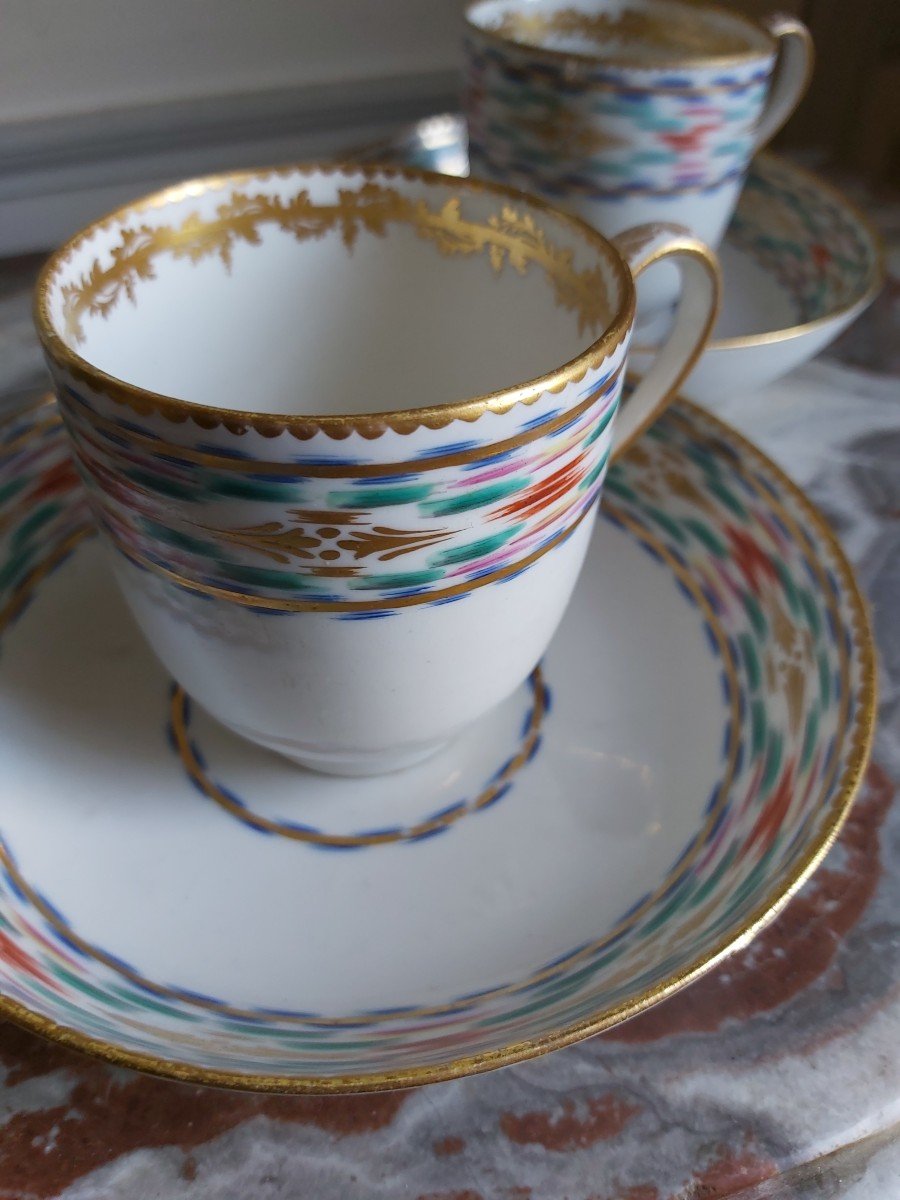
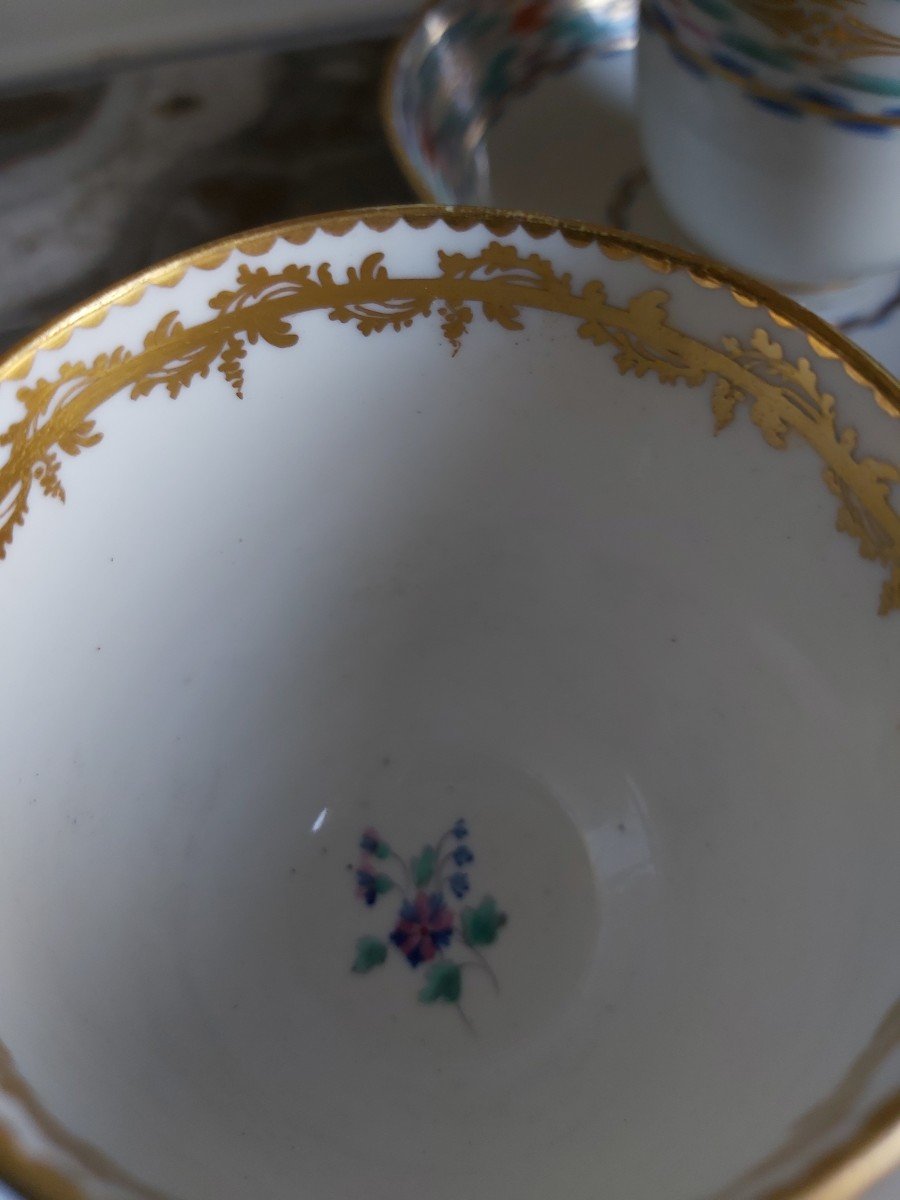

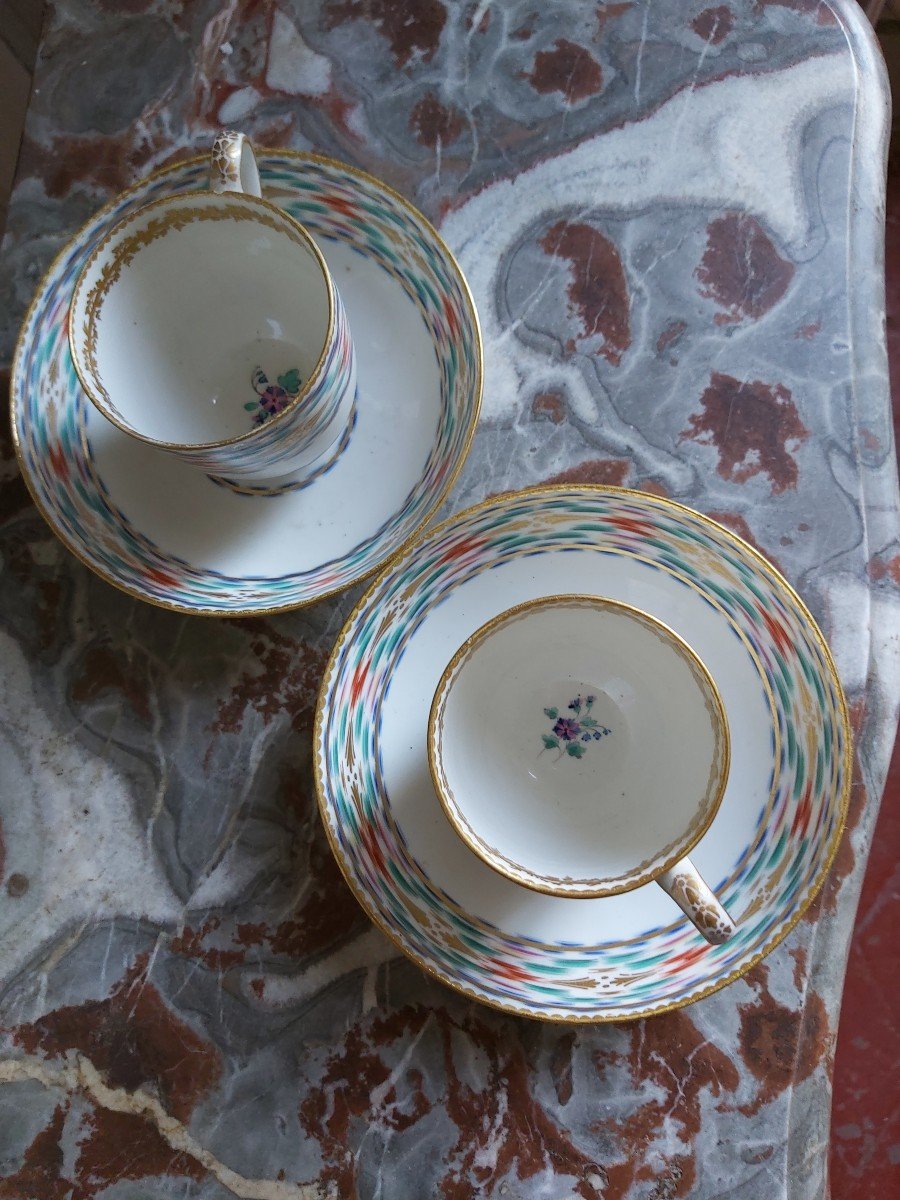
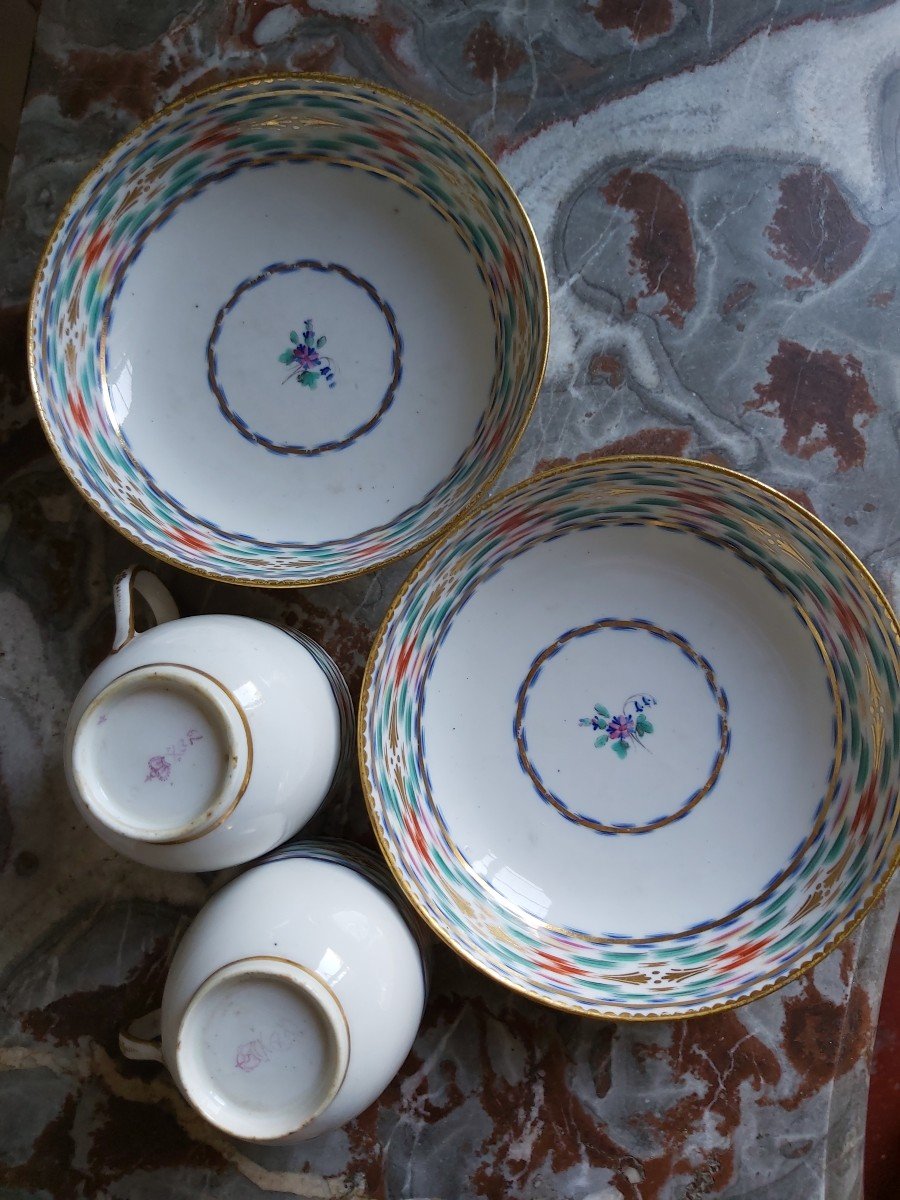

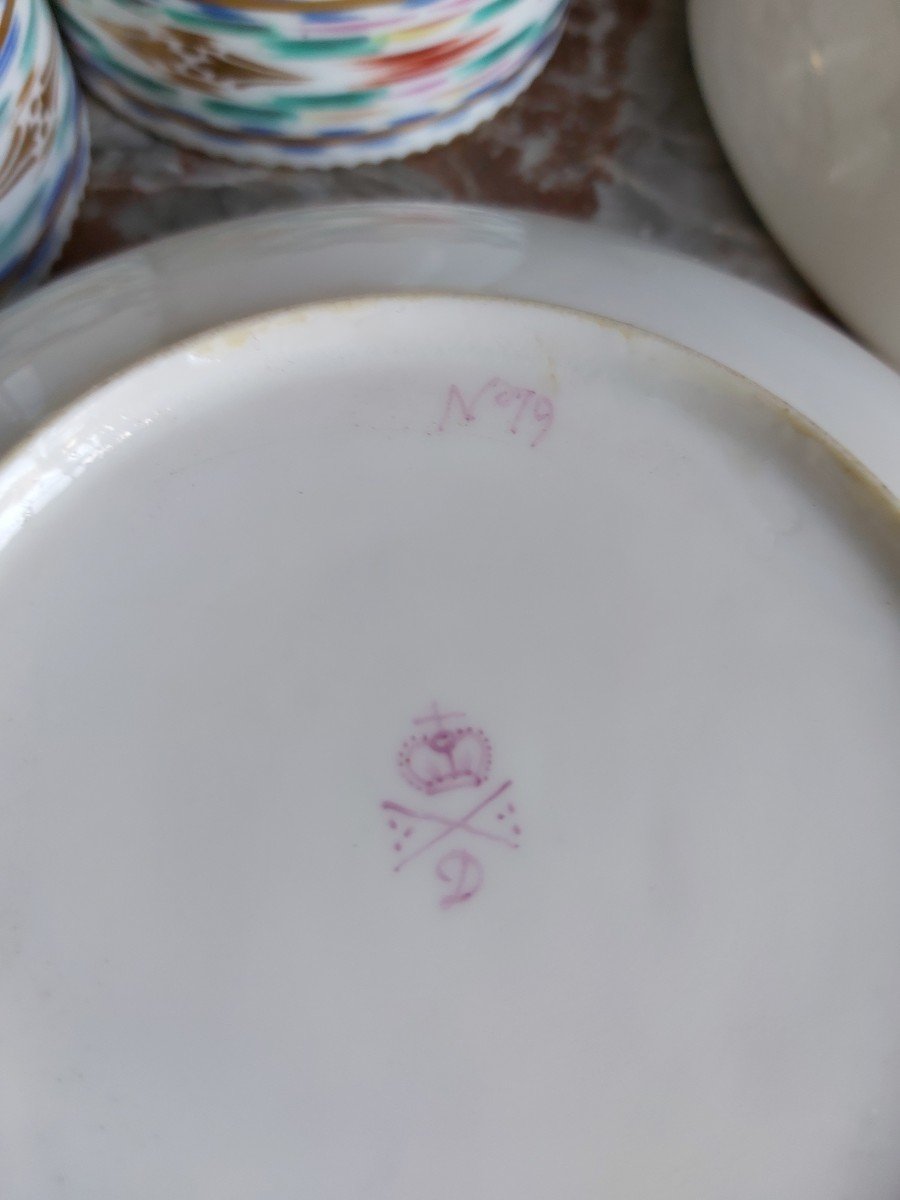

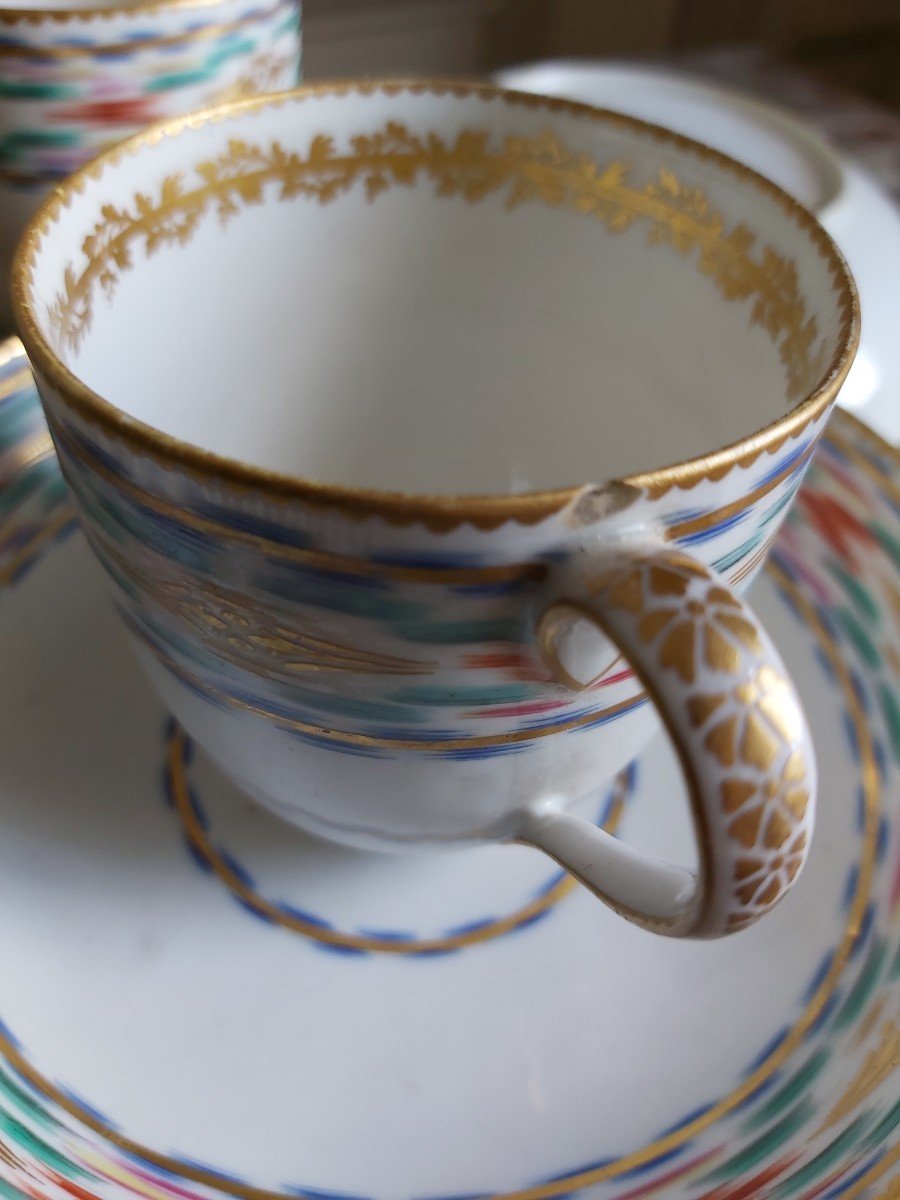











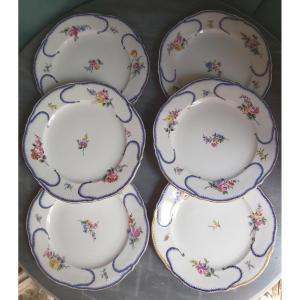
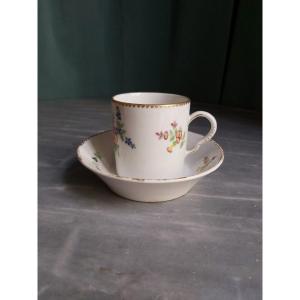
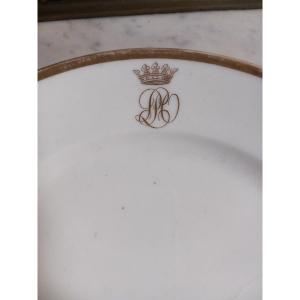
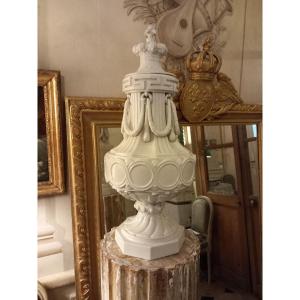
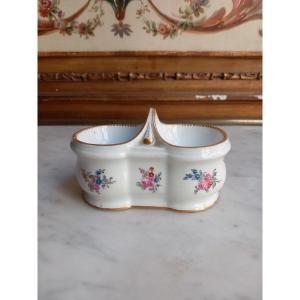
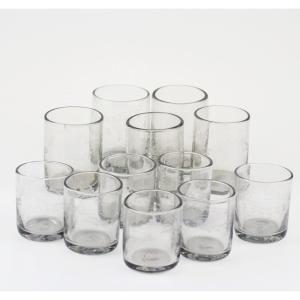
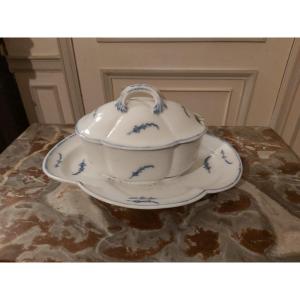

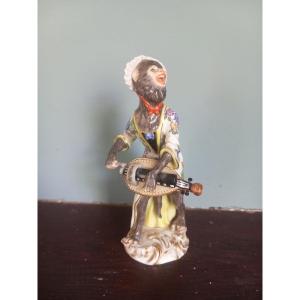

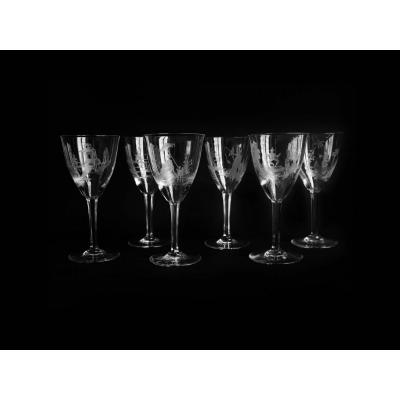
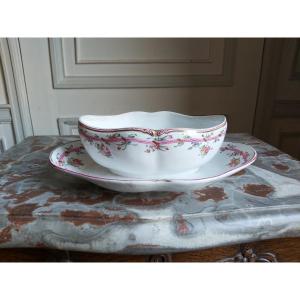

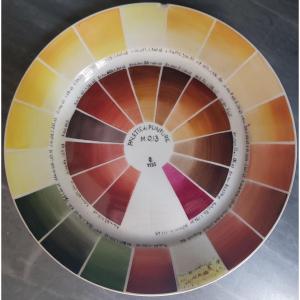
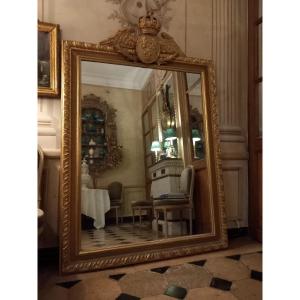
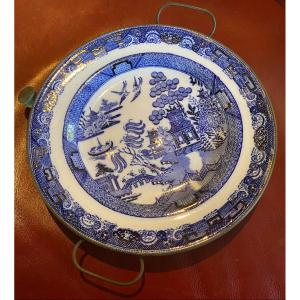
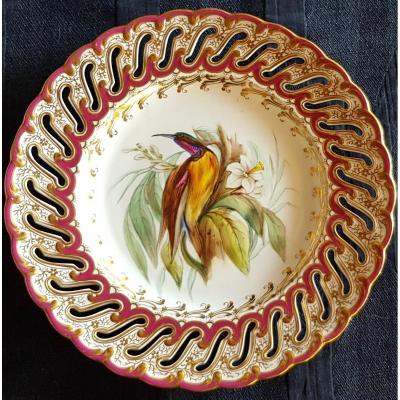
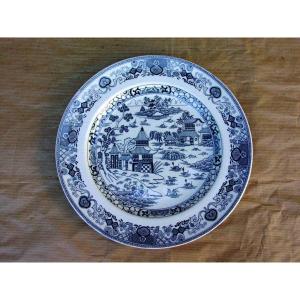





 Le Magazine
Le Magazine Rivista Artiquariato
Rivista Artiquariato TRÉSORS magazine
TRÉSORS magazine